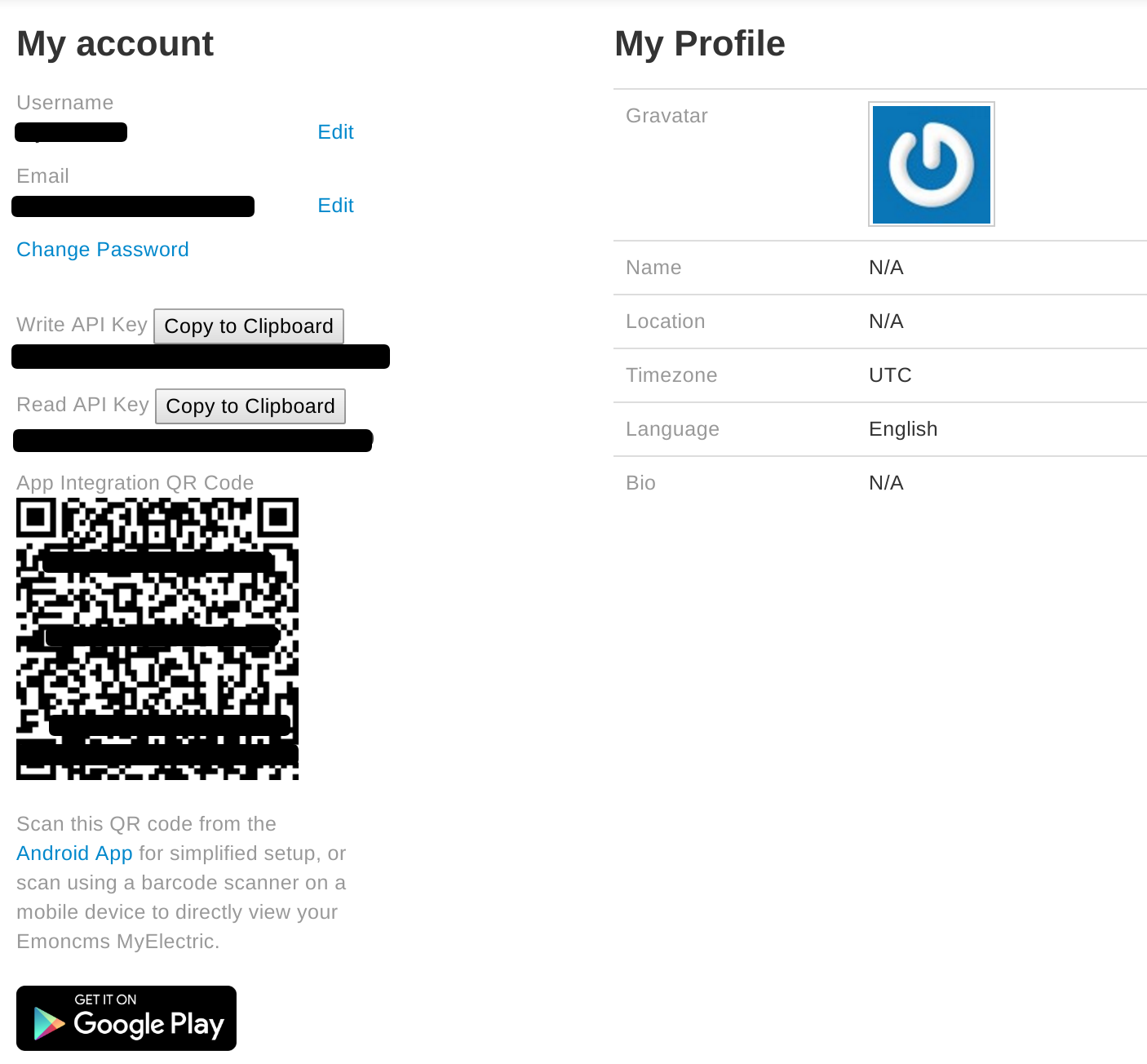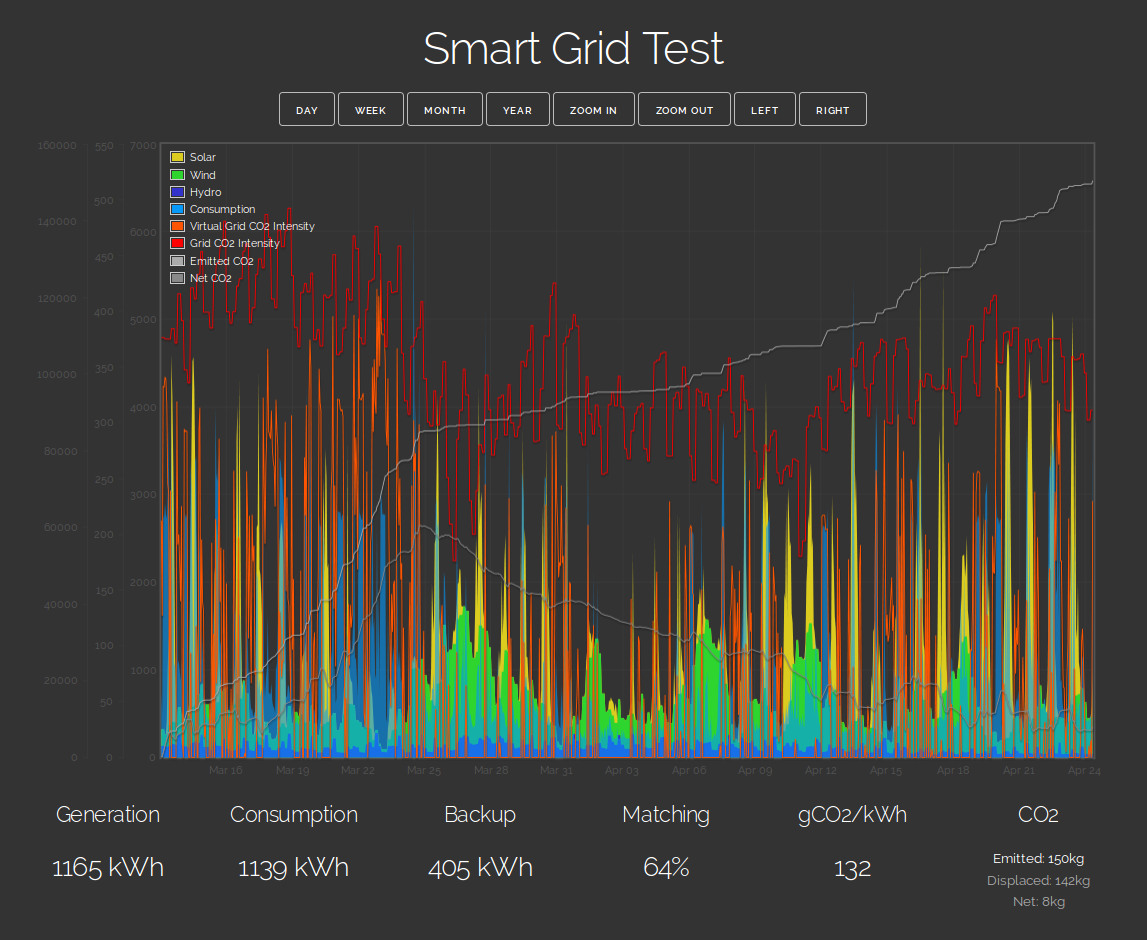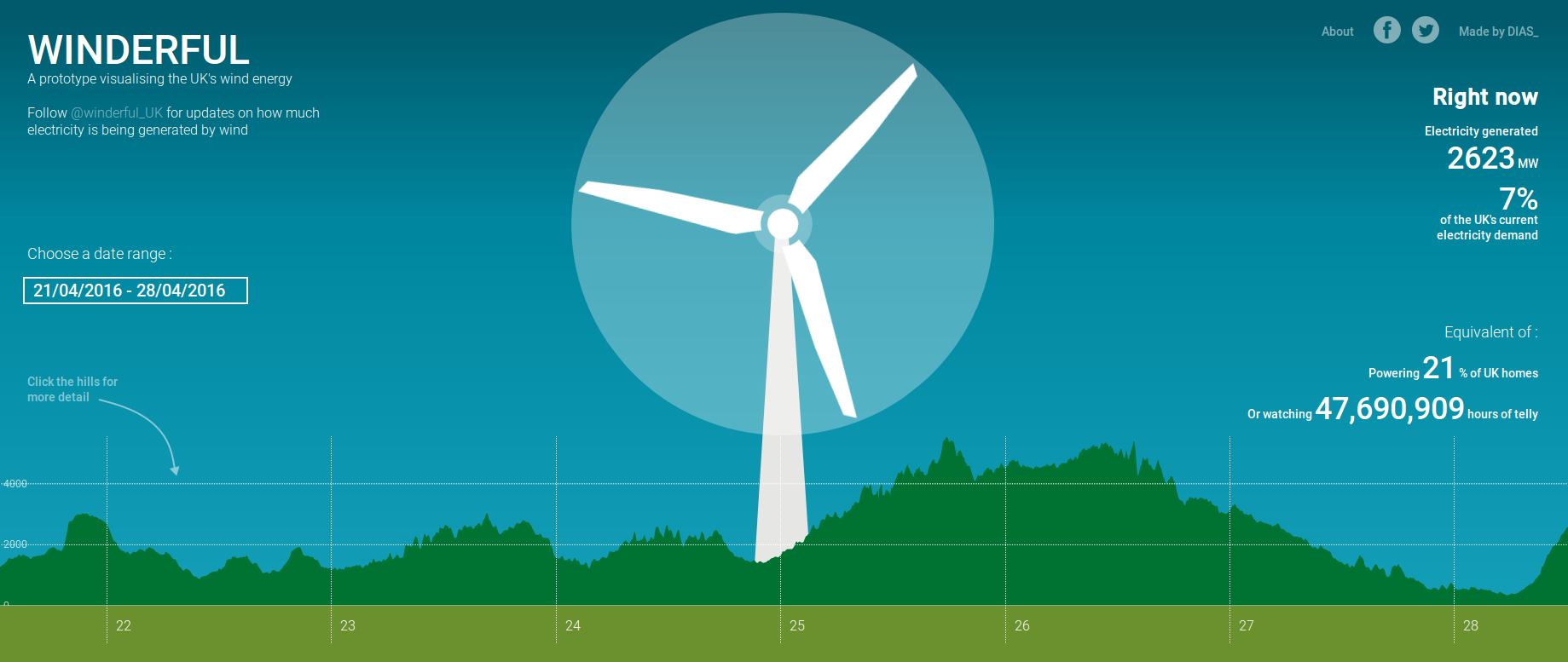Headline figuresTest period: 17th of October to 7th of February (113.3 days)
Electricity input: 413 kWh (3.6 kWh/d)
Heat output: 1405 kWh (12.4 kWh/d)
COP: 3.4Electricity input includes: heat pump compressor, heat pump controller and circulation pump.
In late October last year I installed with
John Cantors help an air source heat pump at home, I currently live in a small cottage in Snowdonia, North Wales and after several winters of heating with a wood stove and direct electrical fan heaters, its been great having a warm place with much reduced electrical input requirement and wood consumption and its given me a good opportunity to test the technology in order to understand and confirm how well it works, albeit in a building which is far from low energy in terms of building fabric performance.
Here is a photo of the cottage which gives a good idea of the kind of building it is; for a detailed look at the space heating energy requirements and building fabric see appendix.
Read on →


